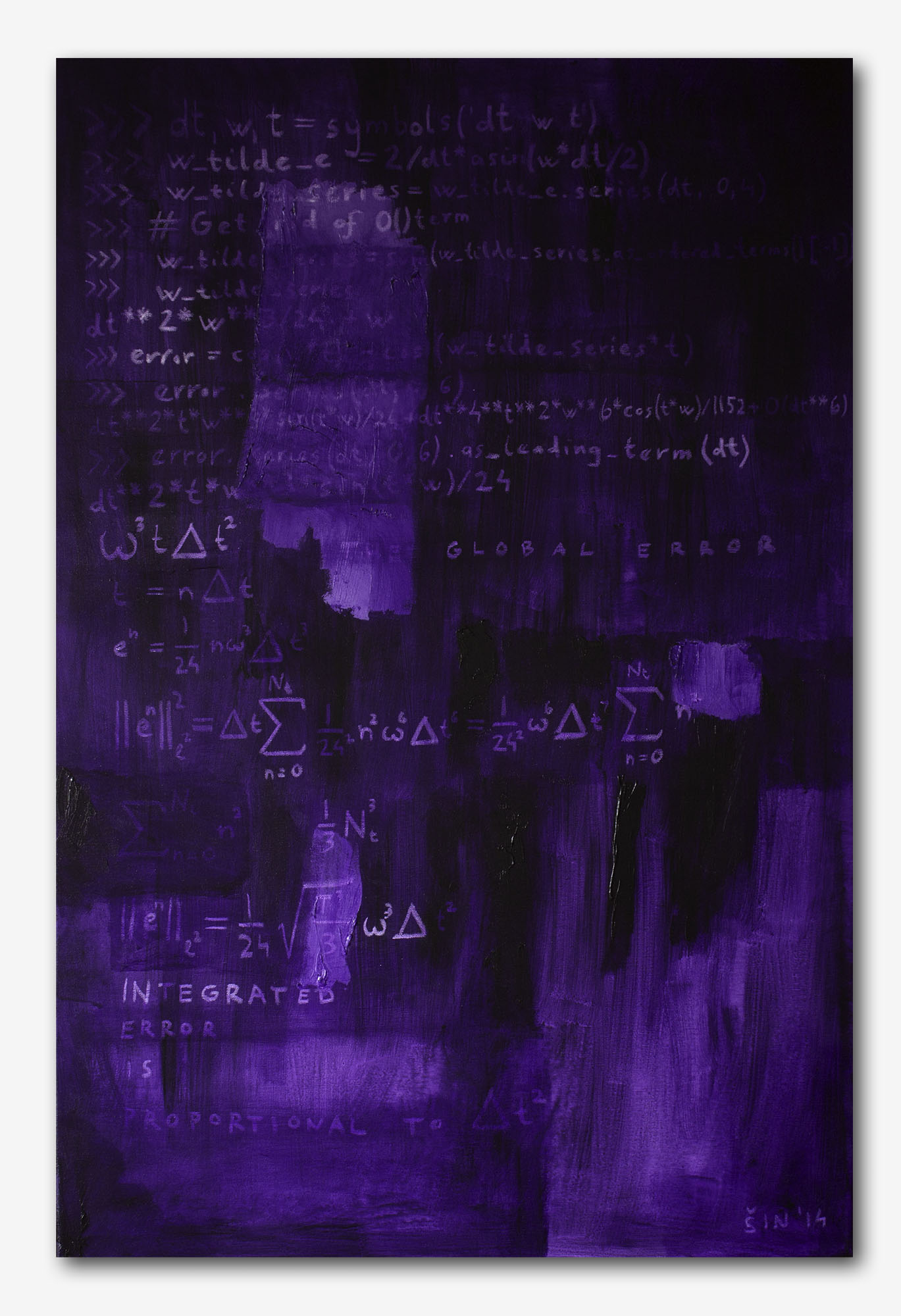Finite difference methods for vibration problems¶
Contents:

- Finite difference methods for vibration problems
- Finite difference discretization
- Implementation
- Long time simulations
- Analysis of the numerical scheme
- Alternative schemes based on 1st-order equations
- Energy considerations
- The Euler-Cromer method
- Generalization: damping, nonlinear spring, and external excitation
- Exercises and Problems
- Problem 1: Use linear/quadratic functions for verification
- Exercise 2: Show linear growth of the phase with time
- Exercise 3: Improve the accuracy by adjusting the frequency
- Exercise 4: See if adaptive methods improve the phase error
- Exercise 5: Use a Taylor polynomial to compute \(u^1\)
- Exercise 6: Find the minimal resolution of an oscillatory function
- Exercise 7: Visualize the accuracy of finite differences for a cosine function
- Exercise 8: Verify convergence rates of the error in energy
- Exercise 9: Use linear/quadratic functions for verification
- Exercise 10: Use an exact discrete solution for verification
- Exercise 11: Use analytical solution for convergence rate tests
- Exercise 12: Investigate the amplitude errors of many solvers
- Exercise 13: Minimize memory usage of a vibration solver
- Exercise 14: Implement the solver via classes
- Exercise 15: Interpret \([D_tD_t u]^n\) as a forward-backward difference
- Exercise 16: Use a backward difference for the damping term
- Exercise 17: Analysis of the Euler-Cromer scheme
- Applications of vibration models
- Exercises
- References

